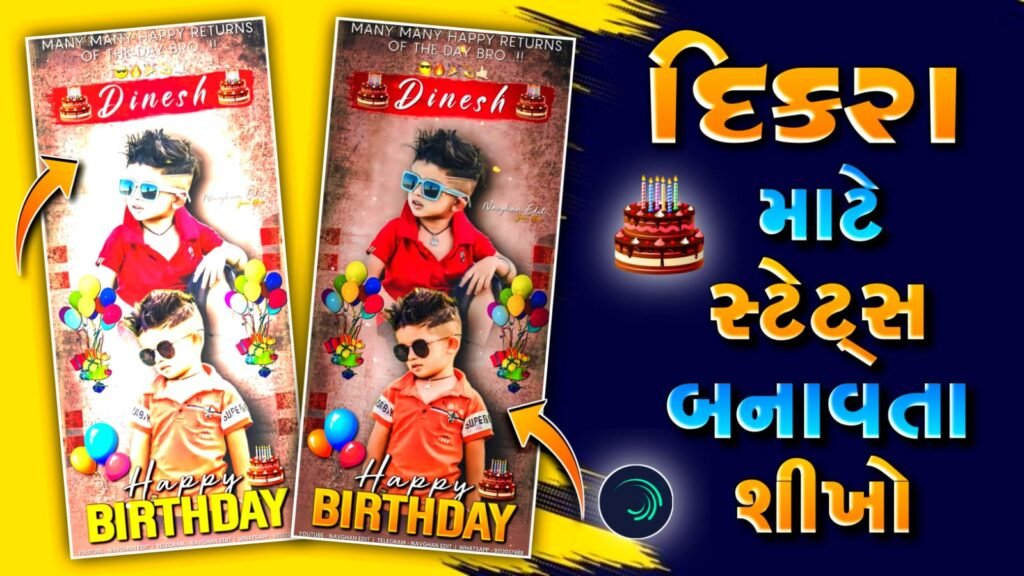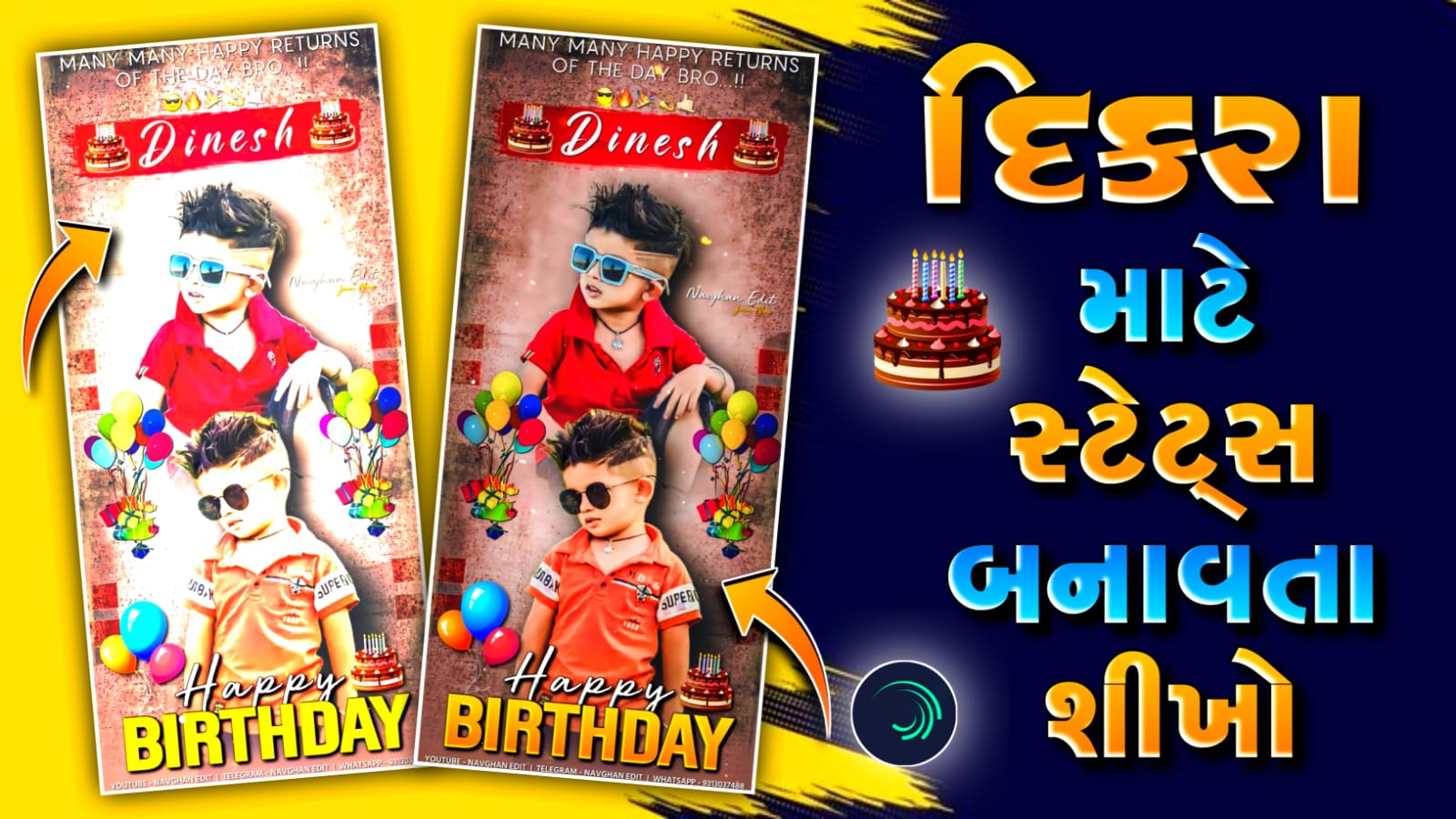How To Train Your Dragon

The Plot and Setting:
The first film, “How to Train Your Dragon,” was released in 2010 and serves as the foundation for the franchise. It is set in the fictional Viking village of Berk, which is known for its longstanding tradition of dragon-hunting. The story follows Hiccup, a young and inventive Viking who doesn’t fit the typical warrior mold of his people. Hiccup’s life takes an unexpected turn when he encounters a Night Fury dragon, a rare and feared species. Rather than harming the dragon, Hiccup befriends it, naming it Toothless.
As Hiccup learns about dragons and builds a unique bond with Toothless, he discovers that the dragons are not the mindless, destructive creatures the Vikings believed them to be. He begins to challenge the beliefs of his people and strives to change their perception of dragons.
The subsequent films in the franchise, “How to Train Your Dragon 2” (2014) and “How to Train Your Dragon: The Hidden World” (2019), continue Hiccup’s journey as he matures and faces new challenges. In “The Hidden World,” Hiccup and his friends embark on a quest to find the mythical Hidden World, a safe haven for dragons, while also confronting a new threat.
Key Characters:
- Hiccup Horrendous Haddock III: The protagonist of the franchise, Hiccup is a skilled inventor and an outsider in his Viking village. He is compassionate, curious, and determined to prove that dragons can coexist with humans.
- Toothless: The Night Fury dragon that Hiccup befriends. Toothless is intelligent, loyal, and forms a strong bond with Hiccup. He becomes a symbol of the possibility of peace between humans and dragons.
- Astrid Hofferson: Hiccup’s close friend and love interest. Astrid is a skilled warrior and becomes Hiccup’s partner in advocating for dragon-human cooperation.
- Stoick the Vast: Hiccup’s father and the chief of Berk. Stoick initially struggles to understand Hiccup’s bond with dragons but ultimately supports his son’s beliefs.
- Valka: Hiccup’s long-lost mother, who has spent years living among and protecting dragons. She plays a significant role in helping Hiccup and his friends understand the true nature of dragons.
Themes and Messages:
The “How to Train Your Dragon” franchise explores several themes that resonate with audiences of all ages:
- Friendship and Understanding: The central theme revolves around the idea that understanding and friendship can bridge gaps between different species and cultures.
- Identity and Acceptance: Hiccup’s journey of self-discovery and self-acceptance, despite societal expectations, encourages viewers to embrace their uniqueness.
- Leadership and Responsibility: Hiccup learns about leadership and the responsibilities that come with it, as he navigates the challenges of being a chief and protecting his people.
- Environmentalism and Conservation: The franchise highlights the importance of respecting nature and the consequences of exploiting resources.
- Courage and Overcoming Adversity: Characters face challenges, both internal and external, and learn the value of courage and determination.
Impact on Popular Culture:
The “How to Train Your Dragon” franchise has had a significant impact on popular culture:
- Critical and Commercial Success: The films have been praised for their animation, storytelling, and emotional depth. They have also been commercially successful, grossing billions of dollars worldwide.
- Expanded Universe: The franchise includes TV series, short films, and books that explore additional adventures and character backgrounds, further engaging fans.
- Iconic Characters: Hiccup and Toothless have become iconic characters, symbolizing friendship and unity.
- Legacy of Innovation: The franchise’s success pushed boundaries in animation, demonstrating the potential for emotionally rich storytelling in animated films.
- Themes of Inclusion: The franchise’s themes of acceptance and understanding resonate with diverse audiences, promoting inclusivity and empathy.
Conclusion:
The “How to Train Your Dragon” franchise has captured the hearts of audiences worldwide through its captivating storytelling, memorable characters, and themes of friendship, acceptance, and the power of change. Hiccup’s journey from an outsider to a leader who advocates for unity and understanding reflects universal values that continue to resonate with viewers of all ages. As the franchise continues to leave a lasting impact on popular culture, it serves as a reminder of the potential for positive change and the importance of valuing relationships, both human and otherwise.
Evolution of Characters:
One of the strengths of the “How to Train Your Dragon” franchise lies in the evolution and growth of its characters over the course of the films:
- Hiccup’s Journey: Hiccup’s transformation from an insecure outsider to a confident and compassionate leader is a central arc of the franchise. His relationship with Toothless and his dedication to changing Viking traditions highlight his journey of self-discovery.
- Toothless’ Role: Toothless goes beyond being a typical animal sidekick. He is portrayed with depth, emotions, and intelligence, making him a true partner to Hiccup. The bond between Hiccup and Toothless mirrors the themes of friendship and understanding in the franchise.
- Astrid’s Strength: Astrid evolves from a skilled warrior to a leader who advocates for dragon-human cooperation. Her character development challenges traditional gender roles and underscores the importance of strong female characters.
- Stoick’s Growth: Stoick’s journey as a father and chief is a poignant narrative thread. His initial resistance to Hiccup’s beliefs gives way to a realization of his son’s wisdom.
Impact on Animation:
The “How to Train Your Dragon” franchise has contributed significantly to the evolution of animation and storytelling:
- Visual Innovation: The franchise’s use of technology and animation techniques brought dragons and their interactions to life with a level of detail and emotion previously unseen.
- Emotional Storytelling: The films demonstrate that animated movies can explore complex emotions, themes, and character arcs, resonating with audiences of all ages.
- Character Depth: The franchise emphasizes the importance of multidimensional characters, showcasing their growth, relationships, and internal struggles.
- World-Building: The fictional Viking world of Berk and the various dragon species are meticulously crafted, contributing to the immersive experience.
- Legacy of Impact: The success of the franchise has influenced subsequent animated films to incorporate similar emotional depth and innovative storytelling.
Lessons for Audiences:
The “How to Train Your Dragon” franchise offers valuable lessons that apply to both children and adults:
- Empathy and Understanding: The importance of understanding others, even those who are different from us, is a recurring theme. It encourages viewers to approach relationships with empathy.
- Overcoming Prejudice: The franchise challenges prejudices and stereotypes by showcasing that initial appearances can be deceiving. It’s a reminder to look beyond surface judgments.
- Perseverance and Adaptability: Characters face challenges, losses, and setbacks, but they demonstrate the resilience to adapt and find solutions.
- The Power of Friendship: The bond between Hiccup and Toothless exemplifies the strength of genuine friendships. It’s a reminder that mutual support can lead to growth and positive change.
- Environmental Stewardship: The message of respecting and protecting nature resonates as characters strive to maintain harmony between humans and dragons.
Fan Engagement and Community:
The franchise’s impact extends to its dedicated fanbase:
- Fan Creations: Fans create art, fanfiction, and videos inspired by the characters and stories, showcasing the emotional connection they have with the franchise.
- Fan Events: Conventions and fan gatherings provide a space for enthusiasts to celebrate their shared love for the franchise.
- Online Communities: Online forums, social media groups, and discussion platforms allow fans to connect and share their interpretations and theories.
Continued Exploration:
As of my last knowledge update in September 2021, the “How to Train Your Dragon” franchise had already concluded with “The Hidden World.” However, it’s worth noting that franchises often find new life through spin-offs, reboots, or expanded universe content. Keep an eye out for any developments related to the franchise, as there might be future projects that further explore the world and characters.
Conclusion:
The “How to Train Your Dragon” franchise’s impact goes beyond its captivating animation and endearing characters. It has redefined animated storytelling by addressing complex themes and emotions while inspiring audiences to embrace empathy, friendship, and positive change. The franchise’s legacy continues to influence animation and encourage discussions about inclusivity, understanding, and the power of relationships. As fans celebrate the connections formed with these characters and stories, the franchise remains a testament to the enduring potential of animated storytelling to resonate with people of all ages.


